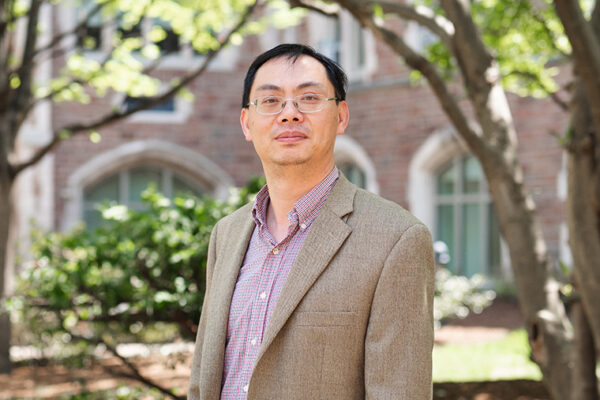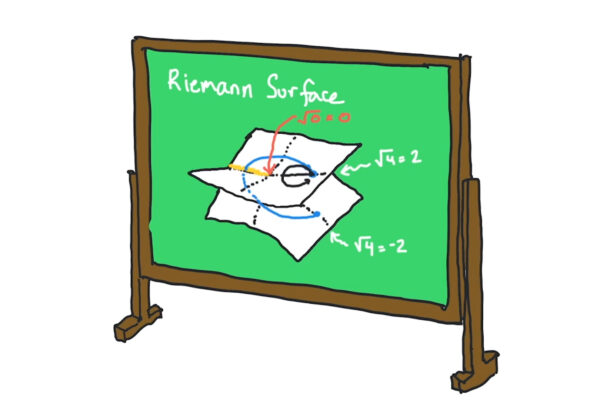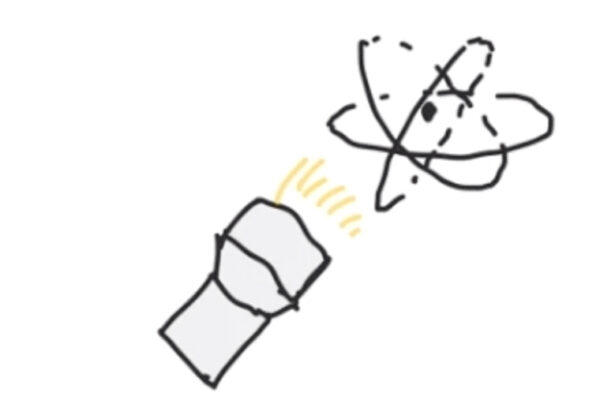Yang’s work with quantum materials honored by APS
Li Yang, professor of physics in Arts & Sciences, conducted research with black phosphorus — a material with a thickness of just a few atomic layers — in a study that is hailed as a milestone of the past 50 years by the Physical Review B, an academic journal of the American Physical Society.
Complex energies, quantum symmetries
New research from Washington University in St. Louis realizes one of the first parity time-symmetric quantum systems, allowing scientists to observe how that symmetry — and the breaking of it — leads to previously unexplored phenomena. These and future PT symmetry experiments have potential applications to quantum computing. The work from the laboratory of Kater Murch, associate professor of physics in Arts & Sciences, is published Oct. 7 in the journal Nature Physics.
Characterizing the ‘arrow of time’ in open quantum systems
Even in the strange world of open quantum systems, the arrow of time points steadily forward — most of the time. A video details new experiments conducted at Washington University in St. Louis that compare the forward and reverse trajectories of superconducting circuits called qubits, and find that they largely tend to follow the second law of thermodynamics. The research is published July 9 in the journal Physical Review Letters.
Protein enables discovery of quantum effect in photosynthesis
Photosynthesis transforms light, carbon dioxide and water into chemical energy in plants and some bacteria.When it comes to studying energy transfer in photosynthesis, it’s good to think “outside the bun.” That’s what Robert Blankenship, Ph.D., professor of biology and chemistry in Arts & Sciences at Washington University in St. Louis, did when he contributed a protein that he calls the taco shell protein to a study performed by his collaborators at Lawrence Berkeley National Laboratory and the University of California at Berkeley. The protein enabled the surprising discovery of a quantum effect in photosynthesis.
For quantum confinement, size matters, but so does shape
Courtesy photoWashington University chemists have shown that the shape of nanowires such as this one can affect its electronic and optical properties.Size matters, but so does shape, at least in the world of semiconducting nanocrystals, report chemists at Washington University in St. Louis. Their findings, published in the August 2003 issue of Nature Materials, demonstrate experimentally that the shape of a semiconductor nanocrystal can affect its electronic and optical properties.



